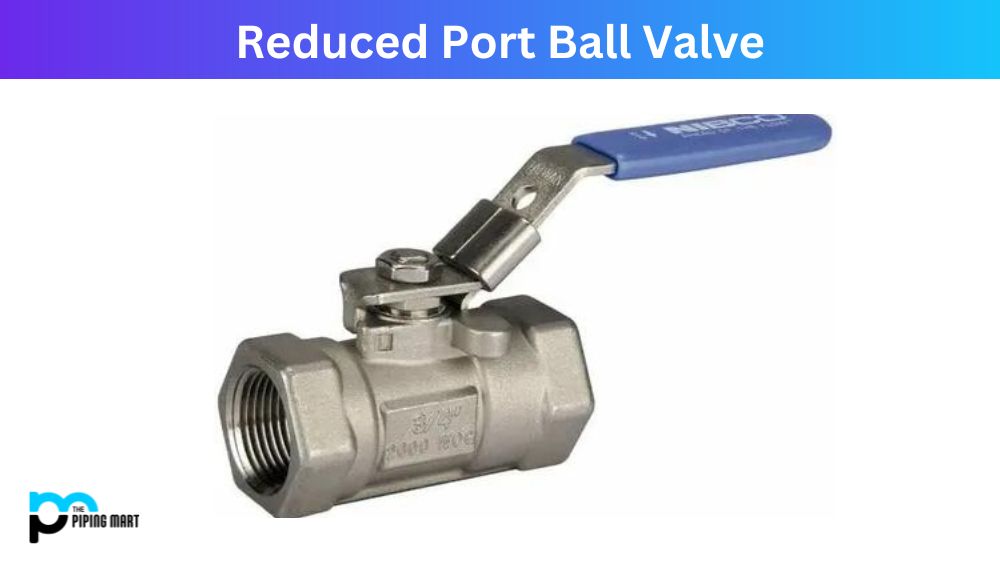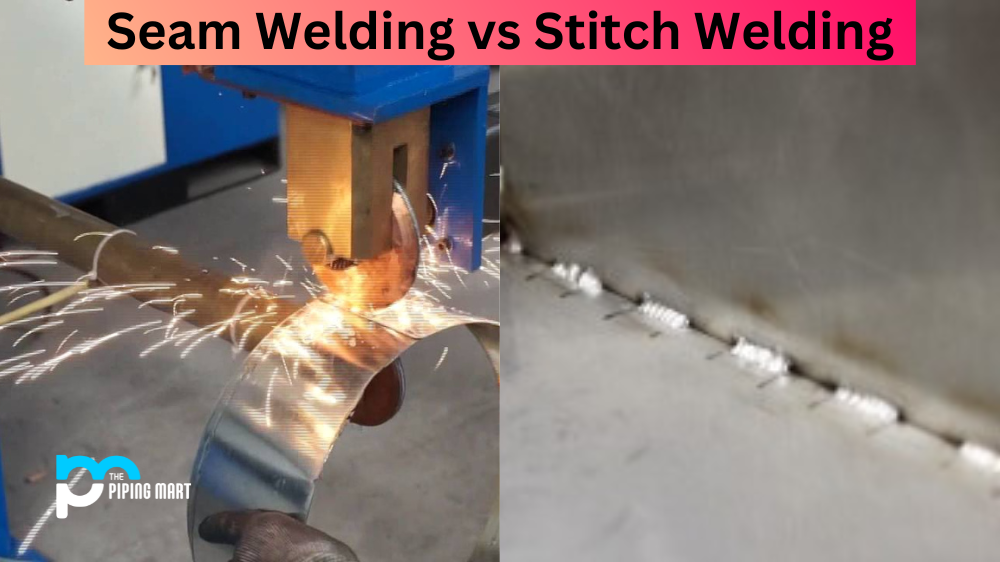Reduced port ball valves, also known as reduced bore valves, are commonly used in the industrial sector. They differ from full port ball valves in terms of their size. Reduced port ball valves have a smaller ball and bore size, while a full port valve has a much larger ball and bore size. This blog post will discuss the advantages and disadvantages of reduced port ball valves.
Advantages of Reduced Port Ball Valve
Cost-effective: Reduced port ball valves are less expensive than their full port counterparts due to their smaller size. Therefore, reducing port ball valves can be very cost-effective for projects requiring multiple valves.
Suitable for low flow applications: Reduced port valves are ideal for applications that require low flow rates. They allow for precise regulation of flow, making them ideal for applications where reduced flow is required.
Space-efficient: Due to their smaller size, reduced port ball valves occupy less space, which makes them a great choice for applications with limited space. Smaller valves have inherently smaller actuators, which means lower torque requirements and reduced overall weight.
Disadvantages of Reduced Port Ball Valve
Limited Flow Capacity: The smaller ball size of reduced port ball valves limits the flow, which may not be ideal for larger projects or systems that require higher flow rates.
Increased Friction Losses: The smaller bore size of the valve can result in increased friction losses, leading to higher energy usage and increased operating costs.
Prone to Clogging: Because of the small bore size, reduced port ball valves are prone to clogging. This can be an issue in applications where the fluid may contain particles.
Limitations in Installation: Reduced port ball valves have specific installation requirements, making them difficult to install in some applications. Proper installation can be challenging, especially when the piping around the valve needs to be reworked to accommodate the reduced port valve.
Conclusion:
Reduced port ball valves have unique advantages and disadvantages. They are cost-effective, space-efficient, and ideal for low-flow applications. However, they are limited in the flow capacity, prone to clogging, and have specific installation requirements. Engineers should always consider their application’s requirements when selecting the best valve for the project. By doing so, it would be easier to identify if a full or reduced port ball valve is the best fit for their project.
Rachana is a dedicated and ambitious young woman who has made a name for herself in the metal industry. From her earliest days in the industry, Rachana showed a natural talent for problem-solving and a keen eye for detail. In her free time, She enjoys reading up on the latest advancements in the industry, as well as exploring new ways to innovate and improve upon existing processes.




